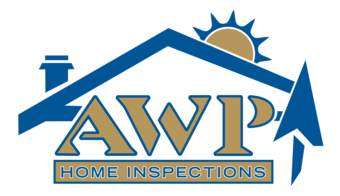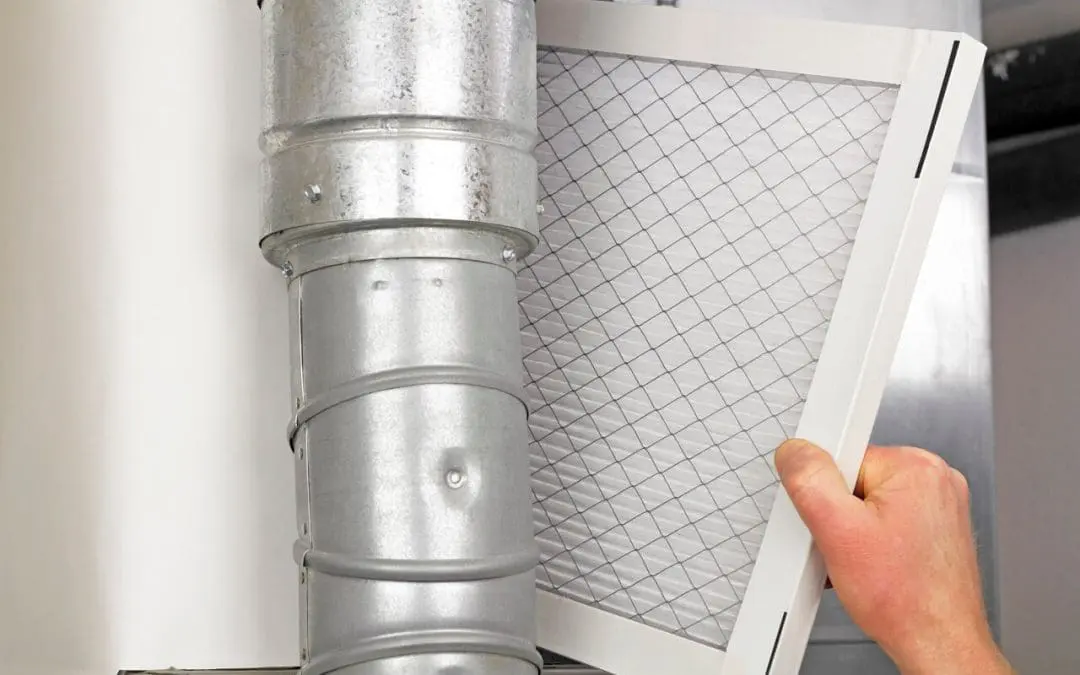Allergies can turn your sanctuary into a source of discomfort and irritation. Whether it’s seasonal pollen, pet dander, dust mites, or mold spores, allergens in your home can trigger allergic reactions, asthma attacks, or respiratory issues. With some proactive measures and a little know-how, you can allergy-proof your home and reclaim your space as a haven of health and well-being. Here are some fundamentals of allergy-proofing your home.
Identify Common Allergens Before Allergy-Proofing Your Home
The first step in allergy-proofing your home is understanding what you’re up against. Common indoor allergens include dust mites, pet dander, mold spores, pollen, and even cockroach droppings. Identifying these allergens will help you target your efforts more effectively.
Clean Regularly
Regular cleaning is essential to keep allergens at bay. Vacuum carpets, rugs, and upholstery frequently using a vacuum cleaner equipped with a HEPA filter to trap even the tiniest particles. Dust surfaces with a damp cloth to prevent allergens from becoming airborne.
Maintain Optimal Humidity Levels
Dust mites and mold thrive in humid environments. Keep humidity levels in check by using a dehumidifier in damp areas like basements and bathrooms. Aim for a humidity level between 30-50% to discourage allergen growth.
Invest in Allergy-Proof Bedding
Your bed can be a hotbed of allergens, especially dust mites. Encase mattresses, box springs, and pillows in allergen-proof covers to create a barrier against dust mites and their droppings. Wash bedding regularly in hot water to kill dust mites and remove allergens.
Minimize Pet Dander While Allergy-Proofing Your Home
Pet dander is a common allergen that can linger in your home long after your pet has left the room. Bathe pets regularly and brush them outdoors to remove loose fur and dander. Designate pet-free zones in your home, especially bedrooms, to reduce exposure to allergens.
Improve Indoor Air Quality
Poor indoor air quality can exacerbate allergies and respiratory issues. Increase ventilation by opening windows whenever possible and using exhaust fans in kitchens and bathrooms. Consider using an air purifier with a HEPA filter to remove airborne allergens.
Seal Cracks and Leaks
Mold can thrive in damp, poorly ventilated areas of your home. Seal cracks and leaks in windows, doors, and walls to prevent moisture intrusion and mold growth. Repair any water leaks promptly to prevent mold from taking hold.
Choose Proper Flooring for Allergy-Proofing Your Home
Carpets can trap allergens like dust mites, pollen, and pet dander. Consider replacing carpets with hard flooring options like hardwood, tile, or laminate, which are easier to clean and less likely to harbor allergens.
Declutter Your Home
Clutter can collect dust and make cleaning more challenging. Keep your home clutter-free by organizing and decluttering regularly. Store items in sealed containers to prevent dust buildup and make cleaning more manageable.
Be Mindful of Outdoor Allergens
Pollen and other outdoor allergens can travel into your home on clothing, shoes, and pets. Remove shoes before entering your home and change clothes after spending time outdoors during high pollen seasons. Consider using a HEPA-filtered air purifier to capture outdoor allergens before they settle indoors.
By implementing these tips, you can create an allergy-proof oasis where you can breathe easy and enjoy the comforts of home without worrying about allergens lurking around every corner. Consistency is key, so make allergy-proofing a part of your regular household routine to maintain a healthy indoor environment for you and your loved ones.
AWP Home Inspections offers professional home inspection services in West Central and Central Indiana. Our team is dedicated to providing information so you can feel confident about your property’s condition. Contact us to request an appointment.

